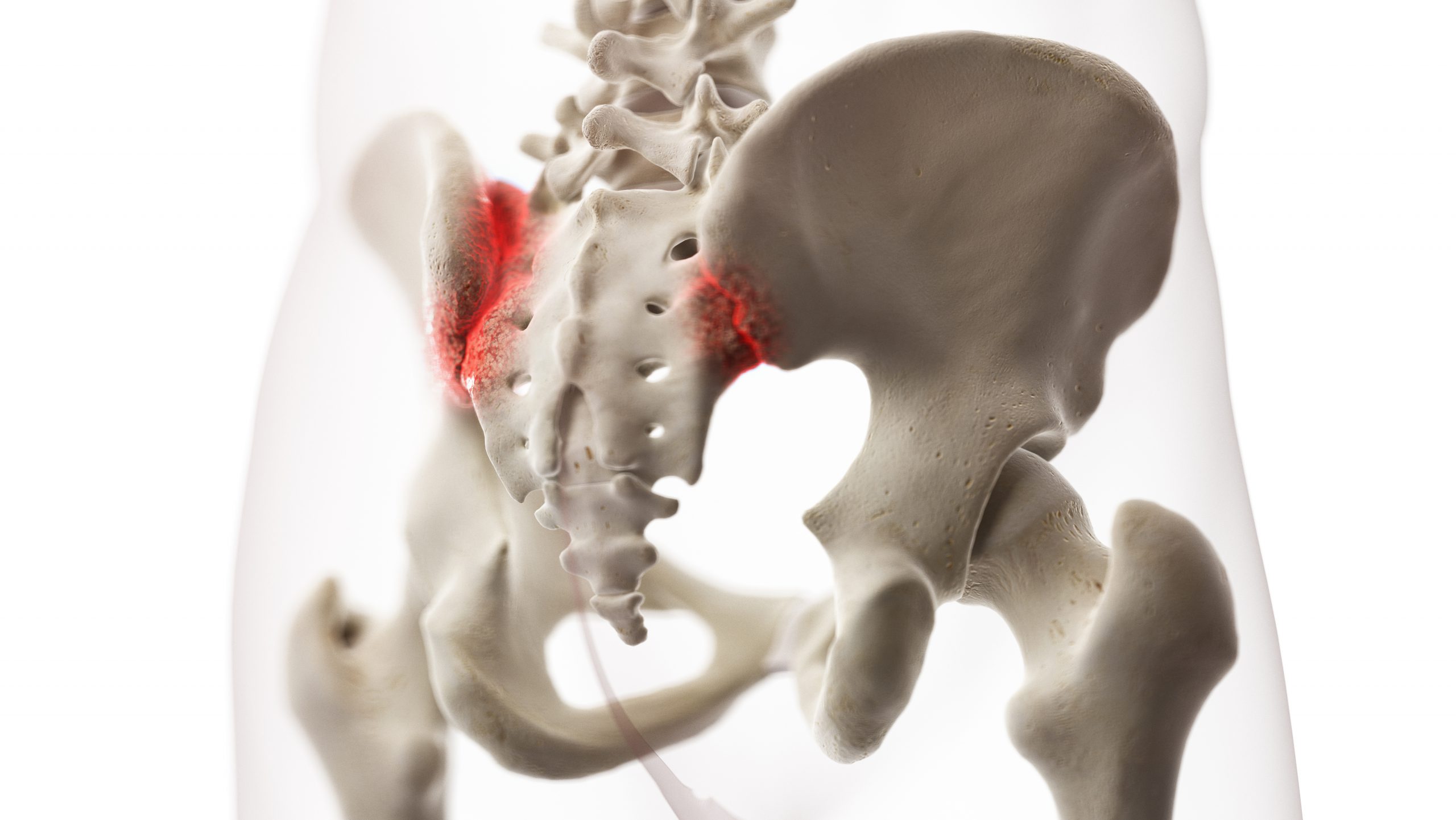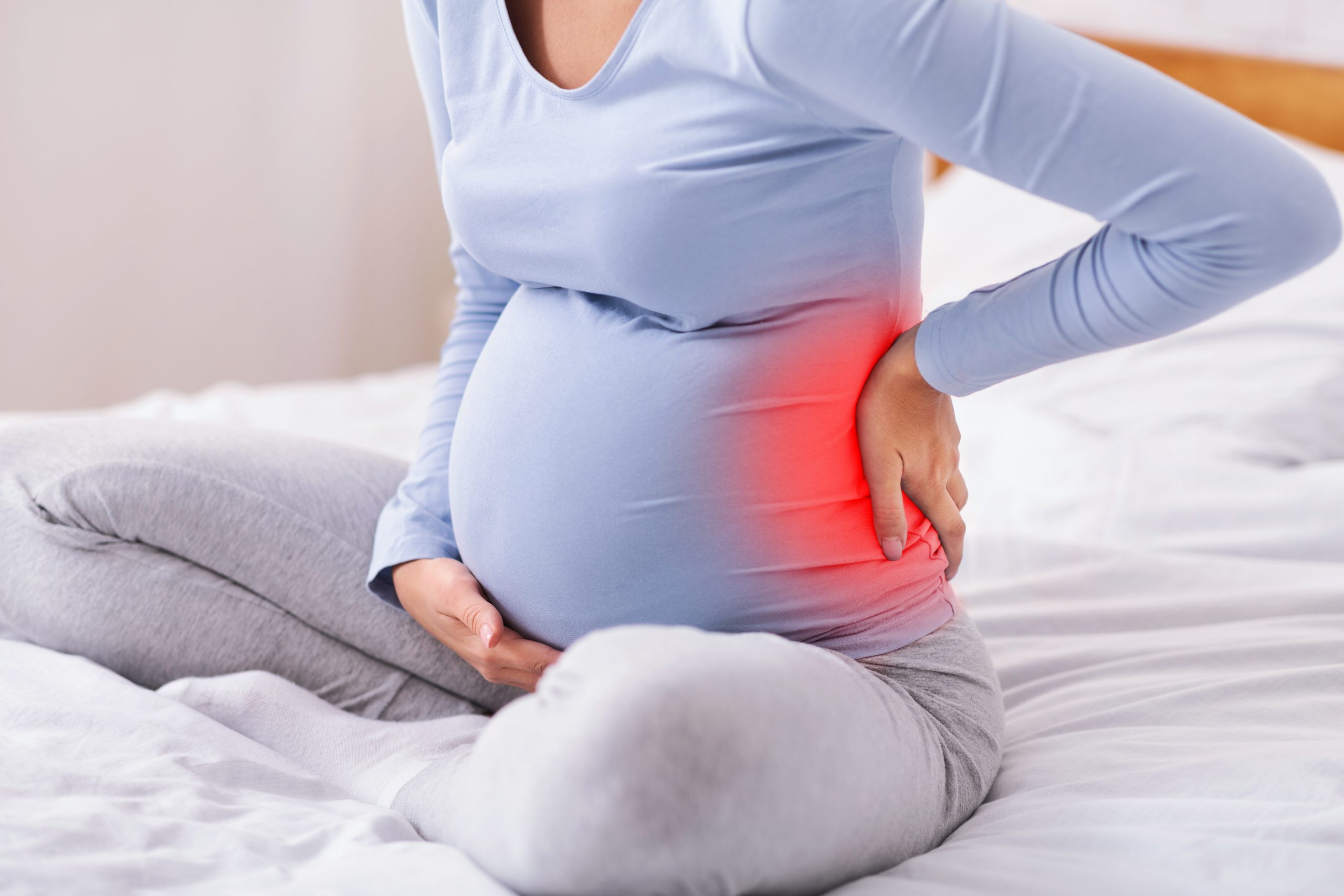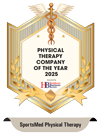By Khyati Bayani, MS, PT
Clinical Director of SportsMed Physical Therapy Jersey City
Many women experience back pain during pregnancy, which typically begins in the second trimester or early third trimester. It presents as sharp pain in the low back area or the pelvis and buttocks, often referred to as “SI joint pain.” The SI (or sacroiliac) joint is made up of two bones called the sacrum and the ilium, and is located where the lower back and pelvis meet. The pain is usually triggered by being in a seated or resting position, or any stationary position for prolonged periods of time.

Low back pain or SI joint pain commonly presents unilaterally (on one side), which can be intermittent or constant depending on the history of the patient. SI joint pain can happen to any age group, but in terms of pregnancy, it occurs for a specific reason.
There is a misconception that because of weight gain, pregnant women have low back/SI joint pain – which is not 100% accurate. During the second trimester, the body starts releasing a hormone called relaxin, which helps the ligaments and muscles of the pelvis stretch and become looser to prepare the body for additional weight gain during the third trimester and for labor and delivery. Relaxin does not only affect the muscles of the pelvis, however – it affects the entire body. The low back area is very rich in ligaments, and when they start becoming looser due to increased relaxin, movement of those ligaments increase.
At this point, the body requires more control and stabilization from the muscles of the back, abdomen and lower quarter of the body. When you combine potentially weaker muscles (due to lowered activity levels) with ligaments that are more loose and changing posture, you get a body that needs more stabilization and strength to withhold all these forces – and lower back muscles may try to compensate.

Note that if both sides are become equally “loose,” then there is less likelihood of back pain; however, many women have prior history of underlying weakness, injury, and/or pain in the back, hip, knees, or ankles, are therefore more prone to low back, buttock, or SI joint pain on one side compared to the other.
Additionally, as a pregnant women’s body changes, so does her posture; in order to accommodate for a growing belly, the position of a pregnant woman’s pelvis tends to tip forward and her shoulder round, shortening the muscles of the lower back and further putting pressure on the area.
Stabilization and strengthening exercises are very important during this stage as the muscles will support the joints to make them more stable and help with the pain. Although some pregnant people may opt for massages thinking they may help, in reality, any relief is often temporary as the ligaments still remain looser and the muscles weaker. That’s why proper evaluation and treatment by a physical therapist who specializes in pelvic floor therapy is essential; they can help you retrain your muscles to function optimally, so the body can tolerate the additional weight gain and changes in posture associated with pregnancy. Additionally, a physical therapist can teach a pregnant person proper breathing techniques to support proper core function.
As a woman progresses throughout pregnancy, proper body positioning and support are important to help accommodate for her changing body; for example, a physical therapist can teach a pregnant person how to strategically place pillows for support while sitting and sleeping, and use proper techniques while getting in or out of bed, bending over to reach things, and during exercise.
Khyati Bhayani, MS, PT obtained her Master of Science degree in Kinesiology and specializes in vestibular therapy and women’s health/pelvic floor therapy. She prioritizes continuing her education in order to better serve her patients, and has completed training with the Herman and Wallace Pelvic Rehabilitation Institute (PF1 and PF2) and Mulligan’s Mobilization with Movement technique.
As a physical therapist, Khyati looks forward to spreading awareness daily about the importance of pelvic floor physical therapy. The most satisfying part of her job is that she gets to help her patients become pain-free and regain their independence. Khyati is currently Clinical Director at SportsMed Physical Therapy in Jersey City.





